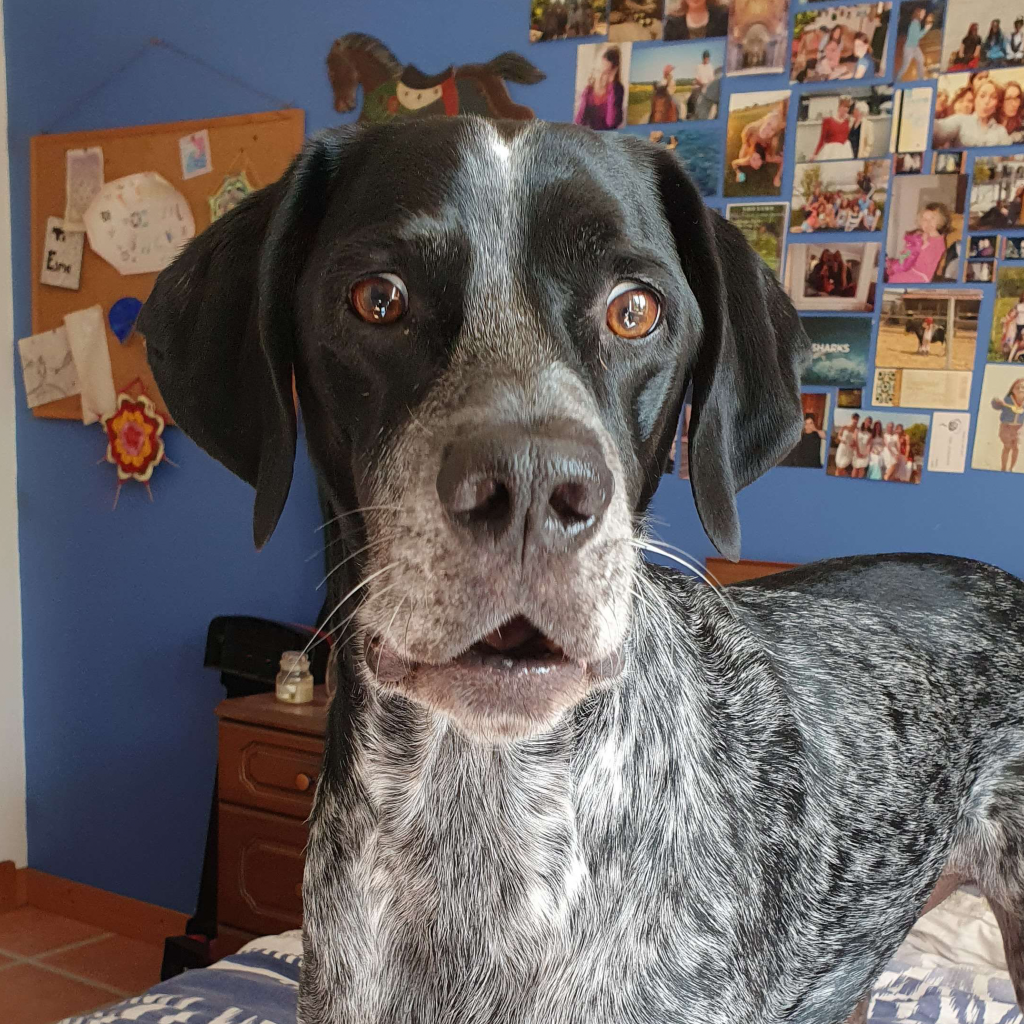30 Examples of Opening Sentences That Pack a Punch
What to think about when writing an article, and why it matters
There is no secret to forming a skilfully written first sentence. The pressure to combine a few words to create a captivating, engaging, and unique opening sentence can sometimes feel overwhelming.
Because of this stress, I often save my opening sentence till last, unless I already have the perfect one in mind. As long as we keep our readers in mind, focus on what we are writing and the approach we want to take, we can rarely go wrong.
All writers are familiar with the fact that the title is the most crucial part of any article or blog post. Without a banging title, no one will ever click on it and get to read the great content that lies beneath.
Writing the first sentence is something I’ve struggled with a lot during my eight months on this platform. Maybe I’m overthinking it, or perhaps the importance of it is too stressful to ignore.
So I created a list of examples that can help us when we need guidance or when our mind can’t think of anything original to put in the first words of a story.
Even though every article has a different topic, voice, and vision, we can probably gain some inspiration from the examples listed below.
First sentence examples
I know how difficult it can be to come up with the first sentence. That is why I have compiled a list of examples, mostly comprising commonly used openings to articles from some of the most successful writers on this platform. So fasten your seatbelts; this is going to take a while.
- The only way to ___.
- Would you rather have ___ or ___?
- There are two types of people, ___, and ___.
- The more you ___, the easier ___ gets.
- Do you think you understand how to ___? Here is why you’re wrong.
- I always told myself that ___. Here is why I was wrong.
- Five years ago, I ___.
- ___ is the perfect way to ___.
- Most ___ are trying to ___ and failing.
- Mastering ___ isn’t just about ___, but also ___.
- It’s shocking how many people ___.
- I decided to ___, and it was the best decision I ever made.
- If I were to ask you ___, what would you say?
- When it comes to ___, there is only one right answer.
- Most people think they need ___ when they actually need ___.
- After struggling to ___ for years, I finally realized that everything I thought I knew about ___ was wrong.
- Unlike most people, I didn’t plan my/to ___.
- If you want to ___, you first have to ___.
- A ___ once told me ___.
- I’ve ___. Here is what I learned.
- If you have ___, you know that ___.
- The best thing about ___ is that you ___, too.
- There are so many reasons you should ___.
- Last year, I ___, and I did everything wrong.
- It’s easy to ___, but did you ever think about ___?
- I am deathly afraid of ___.
- I know what it’s like to ___.
- As a ___, it’s easy to become ___.
- Are you afraid to ___?
- I don’t care about ___.
The first words should always promote curiosity, which isn't easy to convey in one sentence. I design this list of 30 commonly used examples to spark our imagination and help us write the perfect sentence for our article.
What to keep in mind
There are multiple ways to begin an article. Some people like to write the article's goal before thinking about the layout, title, or first words. I usually do this, as it reminds me of what I’m writing, and it helps me stay on topic instead of steering away in a different direction.
Here is what the first sentence can include, along with the obligatory powerful and emotional words:
- A question
- A quote
- Your experience
- An unpopular opinion
- Someone else’s experience
- A statistic
- A fact
All first sentences that I could find for popular articles by well-known writers include one or more of the above points. The reason for that is that these points spark emotion within the reader.
Questions make them think, while unpopular opinions spike curiosity and provocation, and an experience or statistic builds trust. It all comes down to what we want the reader to feel when they first land on our article.
As long as they feel satisfied with the content once they leave, any emotion, even the bad ones, are good — as long as it’s not intentionally offensive or mean or makes the reader feel excluded.
Final thoughts
I understand that first words don’t make or break an article, but without the right approach and opening line, we risk losing many readers.
It takes a while to grasp our writing style and discover our voice, which is how our personality shines through our writing. If we have yet to perfect our voice, all we have to do is continue writing and reading the work of writers we admire. We will eventually figure out what style fits our personality.
The examples shown in this article are mainly to help us find the most fitting way to introduce our article to our readers. Coming from someone who often has brain-fart moments when the time comes to write the dreaded first sentence, I have used this list to re-ignite the inspiration in my mind.
With that, I wish you good luck and happy writing!
For more articles like these, head over to my blog footloosecafe.com. Or, if you enjoyed this article and want to support me as a writer, sign up to become a Medium member (it’s only $5 a month!) using my link.






